People are surprised to find out that the red juice in rare steaks is not blood but myoglobin, a protein that stores oxygen.
Many people are surprised to learn that the red juice found in rare steaks is not blood.
This common misconception has intrigued and baffled food lovers and home cooks alike.
A recent revelation has left many people surprised: the red juice that seeps from rare steaks is not blood.
This discovery has sparked conversations and curiosity about what this liquid actually is and why it looks like blood.
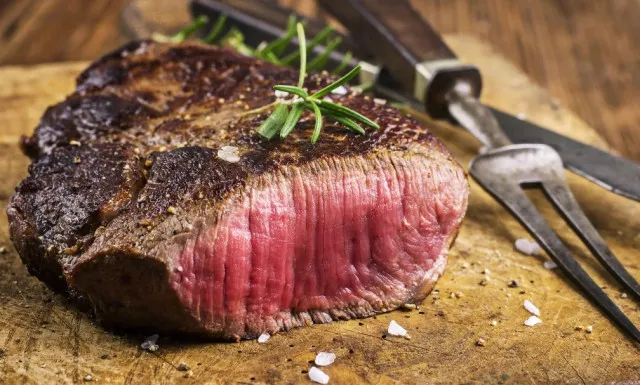
What is the red juice in rare steaks?
When we cut into a rare steak, we may notice a pinkish-red liquid oozing out.
For years, many people assumed this liquid was blood.
However, it is actually a substance known as “purge.” This liquid is a mixture of water and a protein called myoglobin, which is found in muscle tissue.
It is different from hemoglobin, the protein in blood that carries oxygen throughout the body.
Myoglobin is responsible for the red color of the meat.
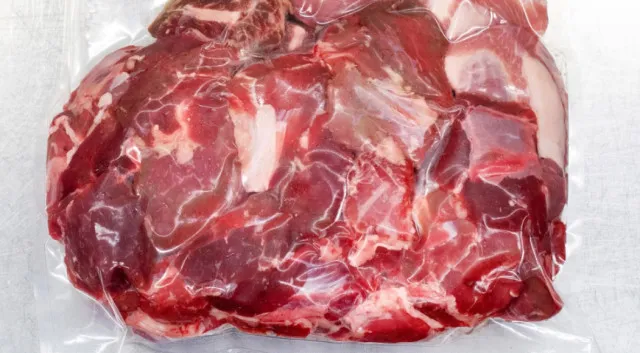
When a steak is cooked, the heat causes the myoglobin to change color.
In a rare steak, the myoglobin remains mostly in its original state, giving the meat its red or pink hue.
As the steak cooks further, the myoglobin changes to a brownish color.
This is why well-done steaks have less red juice and a different appearance.
Why purge forms?
Purge forms when meat is frozen and then thawed. During freezing, water within the muscle cells forms ice crystals, which can damage the cells.
When the meat thaws, this water, along with myoglobin, leaks out, resulting in the red liquid you see.
This is why you might find more purge in steaks that have been frozen and thawed compared to fresh cuts.
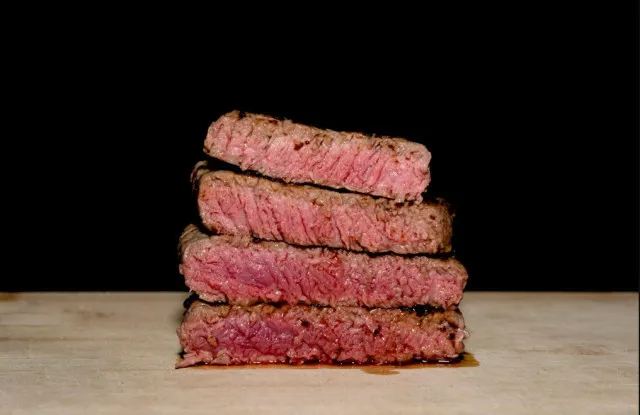
The misconception that red juice is blood likely comes from how people view raw meat.
During the slaughtering of cattle, almost all of the blood is drained from the animal.
Blood is often visible in raw meat, especially if it is not fully drained.
However, by the time meat reaches the consumer, it has been processed to remove most of the blood.
This means that by the time you see a steak in the store, it contains very little blood.
The red juice in cooked steak is a result of the myoglobin, not blood.
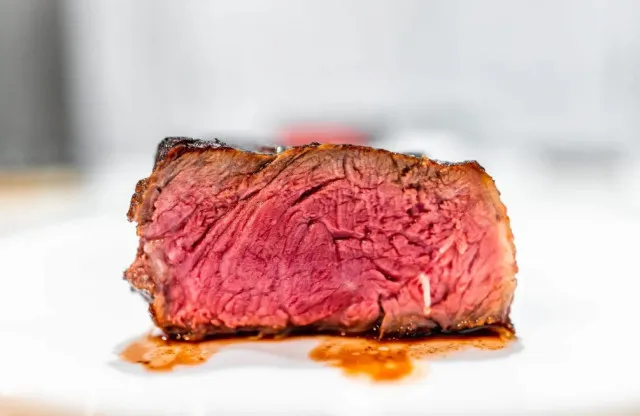
How does the misunderstanding about red juice in rare steaks affect the quality of the meals?
This misunderstanding is common, but the presence of myoglobin in meat does not make it unsafe to eat.
Myoglobin is a normal component of muscle tissue and does not pose any health risks.
In fact, myoglobin helps preserve the flavor and moisture of the steak, making it more enjoyable to eat.
The confusion about the red juice can also affect how people cook their steaks.
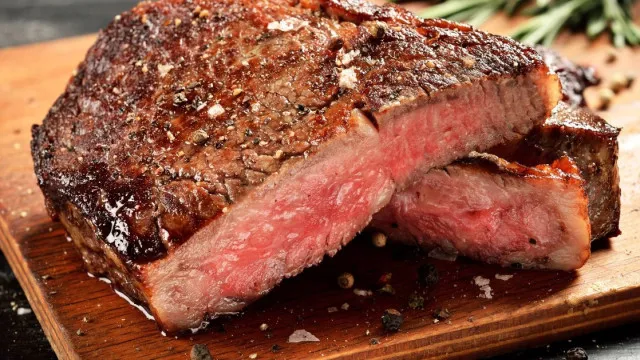
Some might overcook their meat, thinking that cooking it longer will remove the “blood” and make it safer.
However, overcooking can lead to a dry and less flavorful steak.
Additionally, this revelation about red juice can impact how we discuss and prepare meat.
For instance, when discussing steak with others or ordering it at a restaurant, knowing that the red liquid is myoglobin can help in making more informed decisions about cooking preferences and meat preparation.